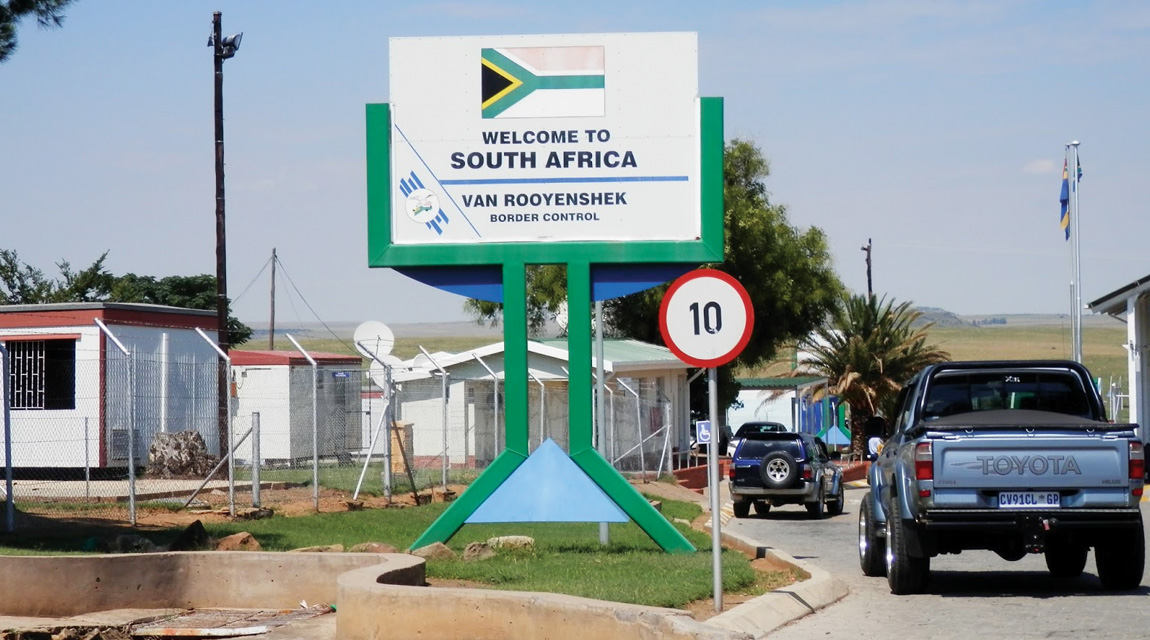Going nowhere quickly

Is South Africa the “Gateway to Africa” or the “Gateway to Nowhere”?
Way back in the 1990s I attended a business seminar hosted by scenario planner Clem Sunter. In his talk he made the statement that South Africa had the potential to become the “Gateway to Africa” given its location, economic strength and its well-established infrastructure. Sadly, however, South Africa is fast becoming the “Gateway to Nowhere”.
Twenty-four years have lapsed since democracy in South Africa, but there has been no attempt to foster the political will between member states in the South African Development Community (SADC) to increase the efficiency of cross-border transport, or to promote inter-regional trade and to establish a free-trade region.
Despite all the talk, nothing has been done and bureaucratic obstruction is still the order of the day. Each country in the region focuses on maximising revenue collection at border posts and/or ports of entry and uses transporters as easy targets. Corruption at ports of entry is rife and adds to the fiscal charges to make the SADC region one of the most expensive places to move goods in Africa.
In complete contrast, political will was achieved in eastern Africa along the Northern Corridor in 2013 when the presidents of Kenya, Uganda and Rwanda committed to creating a free-trade area focused on inter-regional trade and trade facilitation. They set about this by removing the known or identified non-tariff barriers (NTBs) along the corridors – for example, reducing the number of police checkpoints and weighbridges along the route, which were the main source of corruption.
Experts on trade facilitation were called in to develop unified customs systems that would support this initiative by improving the efficiency of the ports of entry and border posts. The focus was on increasing prosperity in all eastern-African countries through trade and development. The task of coordinating, monitoring and reporting was entrusted to Trademark East Africa (TMEA), which is a thoroughly professional and impartial facilitator, funded by a range of development agencies.
TMEA embarked upon procuring consultants, civil engineers and ICT experts. Five years later, ten one-stop border posts (OSBP) have been constructed and commissioned (with more currently under construction). A Single Customs Territory (SCT) and a customs ICT system were introduced, Regional Bonds and Electronic Cargo Tracking were also introduced, thereby facilitating end-to-end (origin to destination) movement of goods using a single movement document (C2) without interventions at the border posts by customs authorities along the corridor.
As the result, crossing times at the border posts along the corridor have been reduced from three to four days to under six hours, queues of vehicles have reduced from kilometres to a couple of hundred metres. Transit times from Mombasa to Kampala have been reduced from 18 to three days and Mombasa to Kigali from 21 to six days.
In southern Africa we have one OSBP (which was implemented way back in 2009). After eight years of operation it is still perhaps the biggest disaster in Africa. Average border-crossing times measured by Transport Logistics Consultants before construction of the OSBP in 2007 were recorded at 38 hours. Five years later, crossing times were recorded at 35 hours and no benefit was shown from the OSBP.
The situation today is little better. Fesarta members continually report conditions of chaos and unacceptable border crossing times at all border posts along the North-South Corridor. Delays range from two to five days. Corruption at these border posts and at weighbridges and police checkpoints along the corridor are at their highest levels ever.
Transit times from the Port of Durban and the Gauteng region to the Democratic Republic of Congo (DRC) range from 14 to 21 days making it impossible for a transporter to achieve more than 1,5 trips per month. This is totally unproductive and results in costs of R130 000 per 30-t load or container (one-way), which adds absurd costs to the commodities transported.
The delays, harassment and charges make up more than 50 percent of total operating costs, and are making survival in the cross-border transport industry very difficult. South African transporters still pay R220 million per annum in “exit tax” for permits from the agency, which claims to “facilitate trade” and to be “spearheading socio-economic development in the region”.
In contrast to the East African Community (EAC), throughout the SADC region there is a total disregard by authorities for cost-efficiency and minimal understanding of the role and importance of effective transport to the economies of the region. The inflexible, negative and punitive mindset regarding regulation of the transport sector results in a constant stream of unworkable, arbitrary legislation with total disinterest in or appreciation of the implications.
Published by
Mike Fitzmaurice
focusmagsa




